13 Border Towns Where Cultures Collide in the Best Way
In a world that often emphasizes division, border towns stand as remarkable testaments to the power of cultural convergence. These unique locales, where two or more nations meet, offer a rich tapestry of traditions, languages, and histories woven together in a delicate balance. This article delves into thirteen fascinating border towns, each serving as a vibrant junction where cultures not only meet but harmonize, creating a unique blend of human experience. From bustling trade centers to serene landscapes, these towns provide a window into the dynamic nature of cultural exchange and adaptation. As we embark on this tour, we will explore how these towns have evolved over time, the challenges they face, and the invaluable lessons they offer in a globalized world. This journey promises to illuminate the ways in which borders, often seen as barriers, can instead be bridges of understanding and cooperation.
1. Tijuana, Mexico and San Diego, USA: A Tale of Two Cities
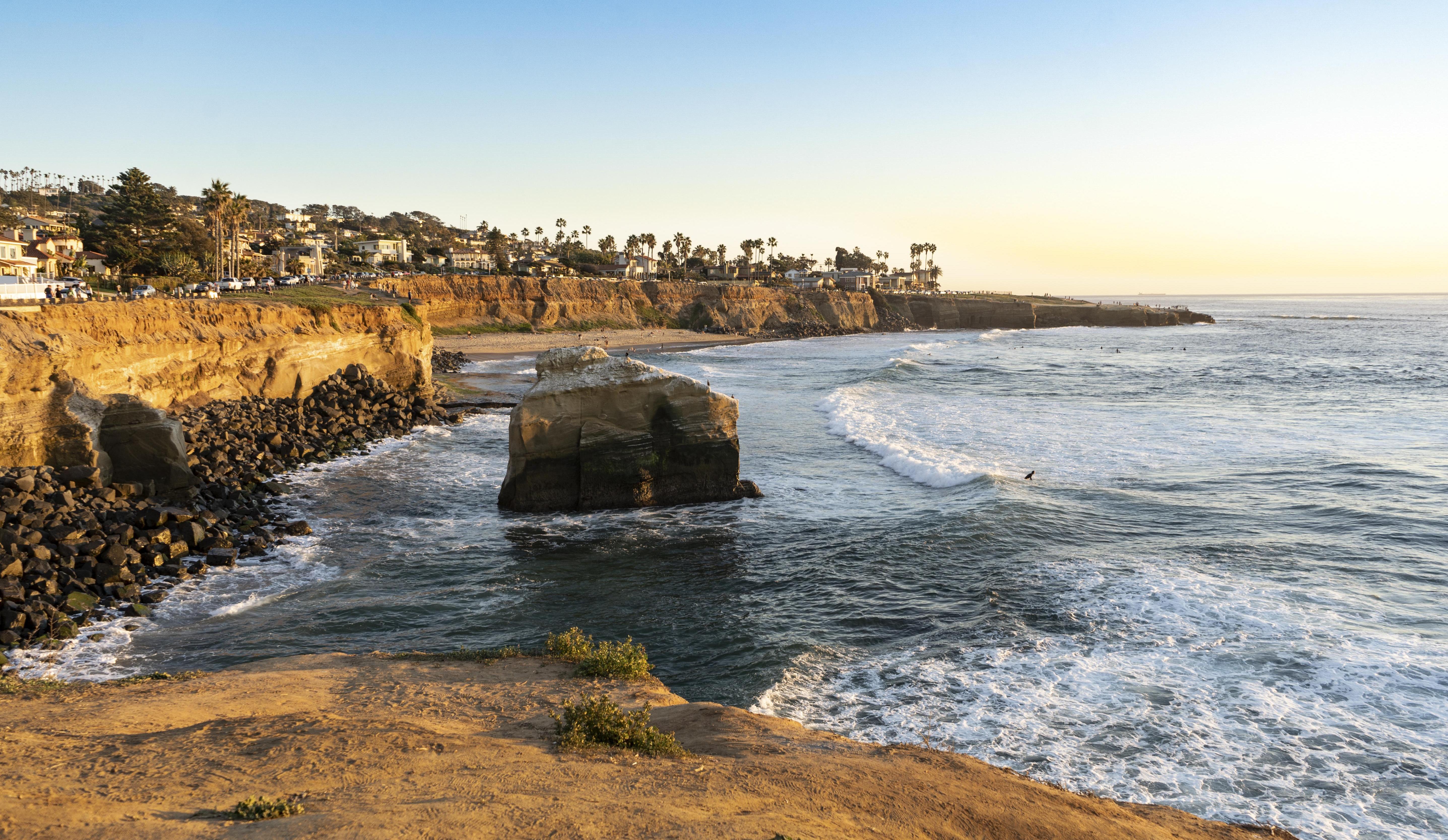
Tijuana and San Diego, though divided by the US-Mexico border, are intrinsically linked by a shared history and economy. This section explores how these cities have developed a symbiotic relationship, with daily cross-border commutes for work, education, and leisure. Tijuana's vibrant cultural scene, characterized by its music, art, and culinary innovations, complements San Diego's laid-back Californian vibe. The cross-border collaboration is evident in initiatives such as the San Diego-Tijuana Smart Border Coalition, which seeks to improve infrastructure and promote economic growth. Despite challenges such as immigration policies and border security, the resilience and cooperation between these cities highlight the potential for harmonious coexistence.
2. Ciudad Juárez, Mexico and El Paso, USA: A Shared History
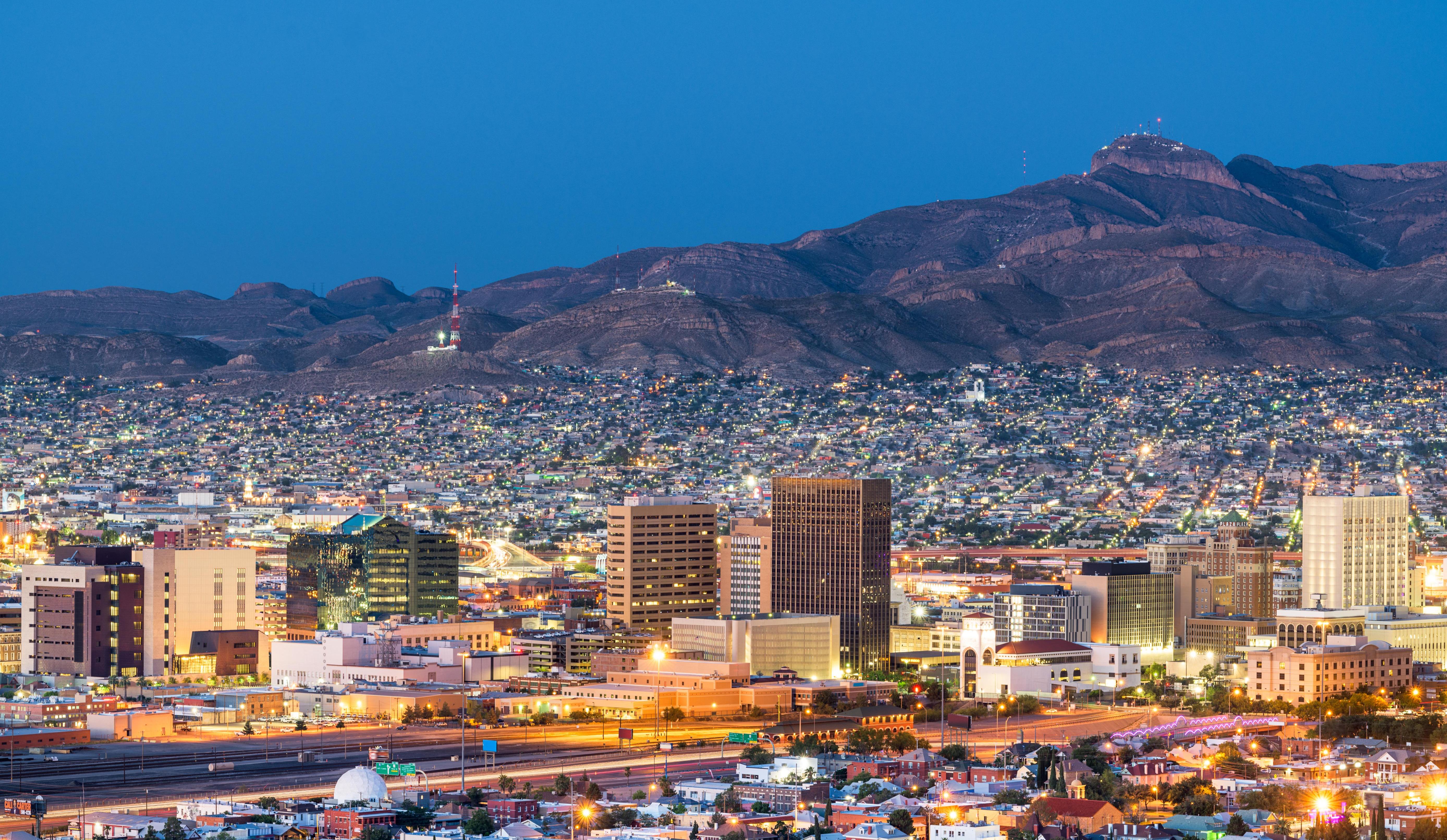
Ciudad Juárez and El Paso are another pair of border towns with a deeply intertwined past. This section delves into their shared history, from the Mexican Revolution to the present day. The twin cities have long been a focal point for migration, trade, and cultural exchange. Their economies are closely linked, with maquiladoras in Ciudad Juárez providing goods for American markets. The cultural exchange is palpable, with festivals and events celebrating the rich heritage of both communities. However, issues such as crime and immigration policies pose ongoing challenges. Despite these hurdles, the bond between Ciudad Juárez and El Paso remains strong, underscoring the enduring power of cultural unity.
3. The Twin Towns of Stanstead, Canada and Derby Line, USA
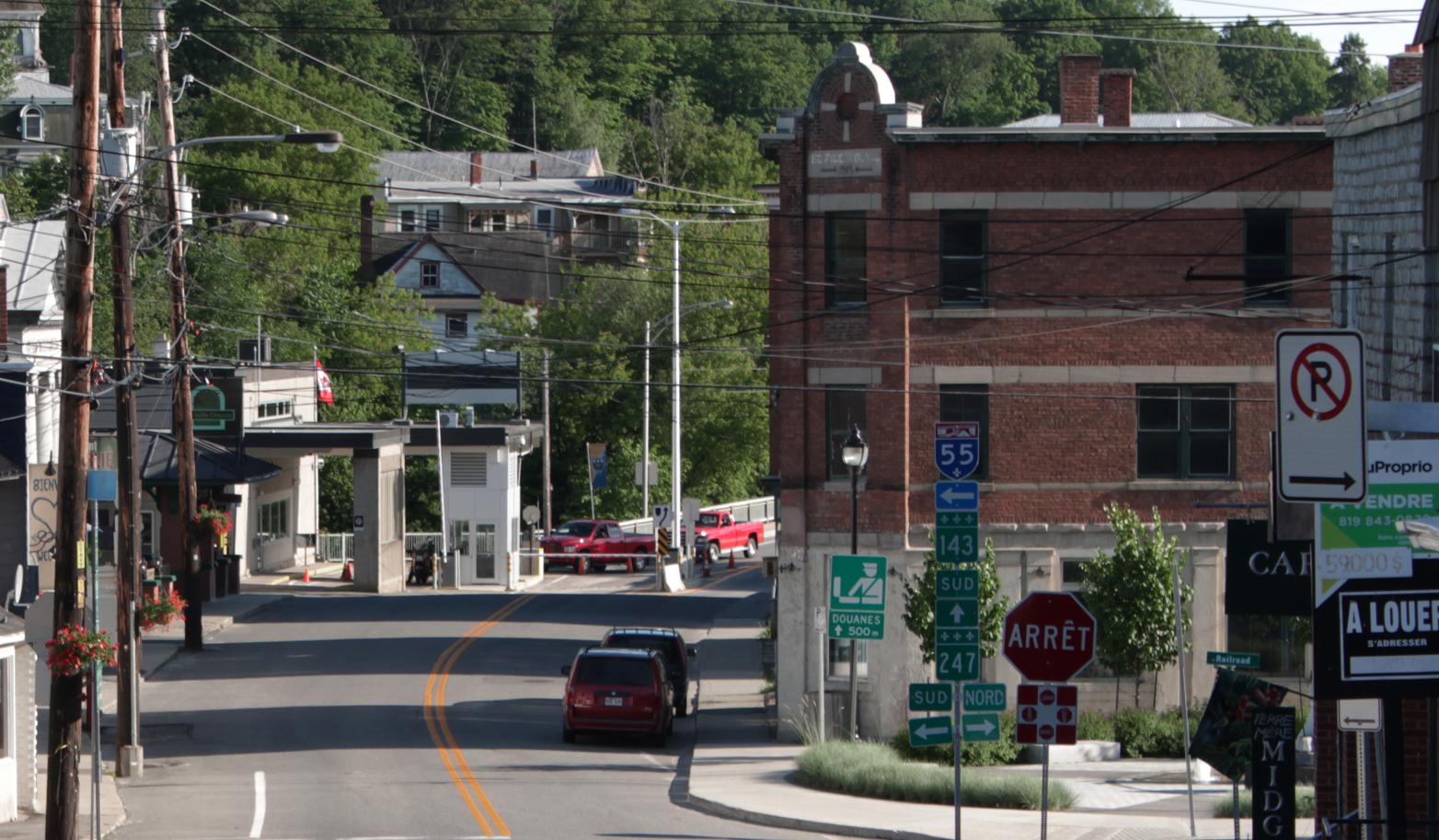
Stanstead and Derby Line are unique in that they are literally divided by the US-Canada border, with some buildings straddling both countries. This section examines how these towns navigate the complexities of living in two nations simultaneously. The Haskell Free Library and Opera House, for instance, is an iconic symbol of cross-border cooperation, with its entrance in the US and most of the reading room in Canada. Residents often cross the border multiple times a day for everyday activities, illustrating the seamless integration of these communities. This section highlights the challenges posed by increased border security post-9/11 and the creative solutions residents have devised to maintain their way of life.
4. Nogales, Mexico and Nogales, USA: A Divided Unity
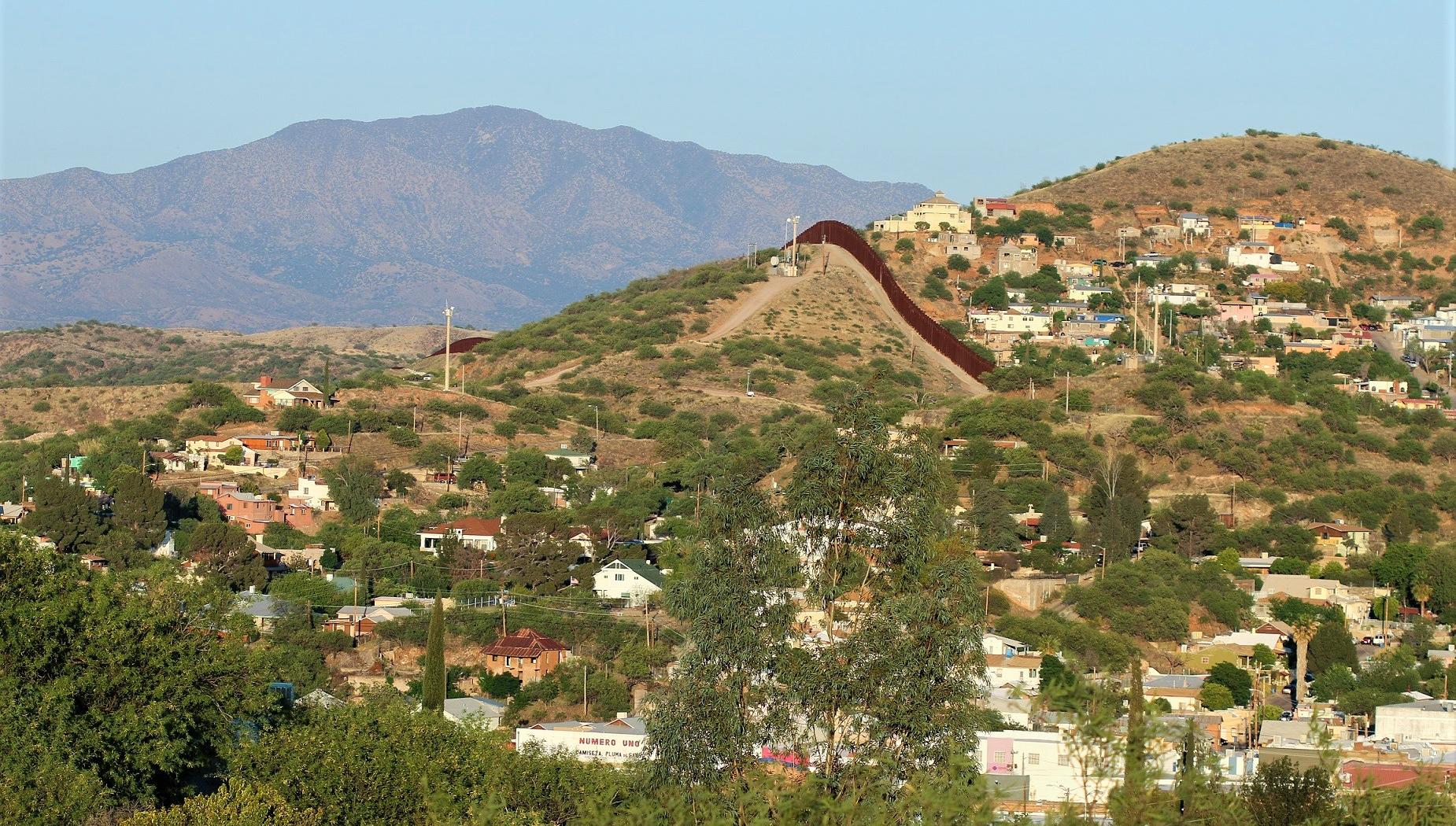
Nogales, Arizona, and Nogales, Sonora, represent another fascinating example of a border town divided yet united. This section explores the shared cultural and economic ties that bind these towns, despite being separated by a formidable border fence. The towns share a name and a history, with families often straddling both sides. The local economy thrives on cross-border trade, with markets offering a blend of Mexican and American goods. However, the division is palpable, with the fence serving as a stark reminder of the geopolitical realities. Initiatives aimed at fostering cross-border collaboration and cultural exchange are crucial in maintaining the unity of Nogales.
5. The Enigmatic Town of Baarle-Hertog/Baarle-Nassau
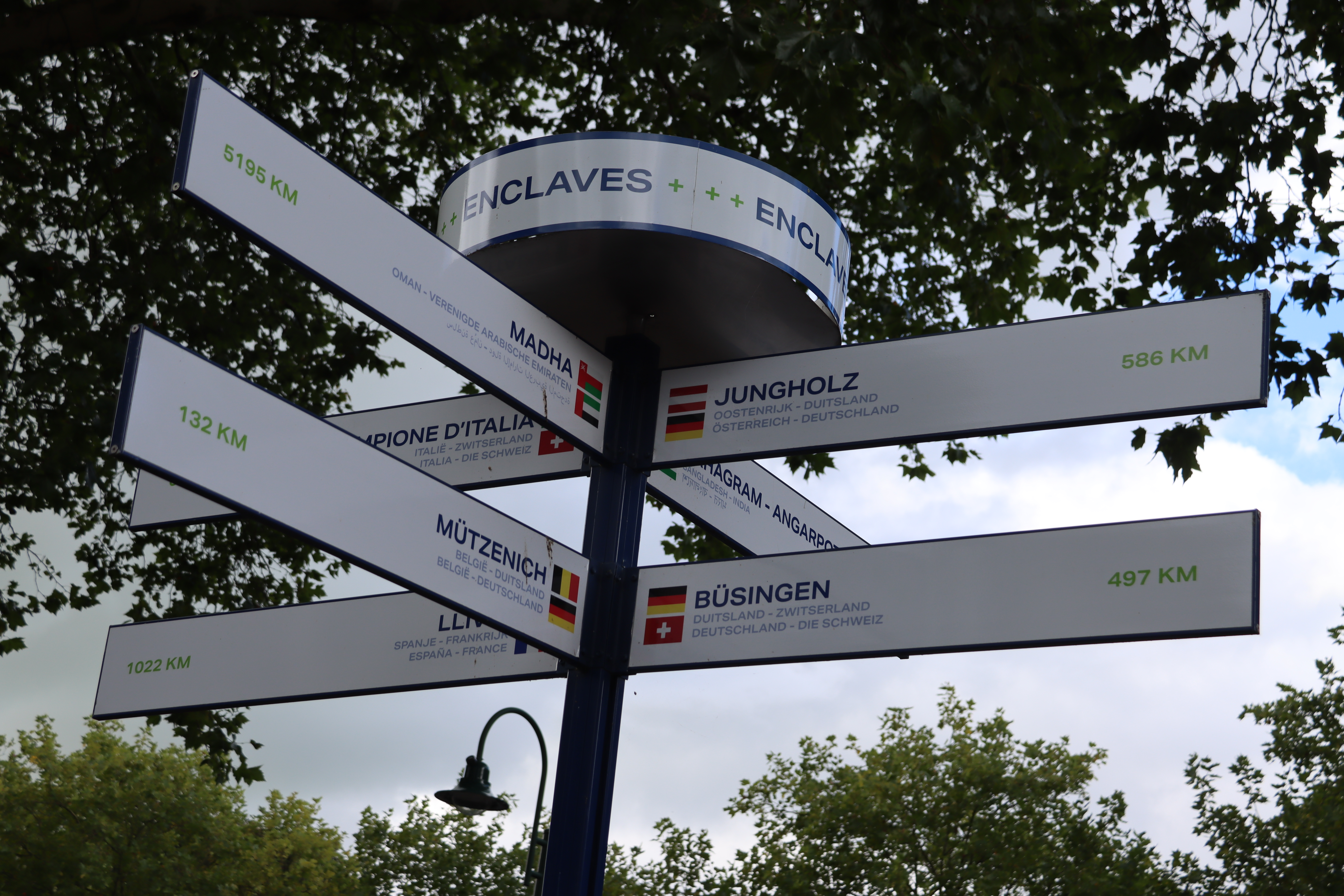
Baarle-Hertog and Baarle-Nassau present one of the most complex border arrangements in the world, with Belgian and Dutch territories interwoven in a patchwork of enclaves. This section delves into the unique governance and cultural dynamics of these towns, where residents navigate a labyrinth of borders in their daily lives. The towns are a testament to the possibility of peaceful coexistence, with shared services and infrastructure. The cultural exchange is rich, with festivals and traditions reflecting both Belgian and Dutch influences. This section highlights how the towns have turned their complex border into a tourist attraction, showcasing the harmony that can arise from embracing diversity.
6. The Vibrant Melting Pot of Foz do Iguaçu, Brazil

Situated at the tri-border area of Brazil, Argentina, and Paraguay, Foz do Iguaçu is a vibrant melting pot of cultures. This section explores how the town's strategic location has fostered a diverse community, with influences from all three countries. The town is famous for the stunning Iguaçu Falls, a UNESCO World Heritage site that attracts tourists from around the world. The cultural diversity is reflected in the town's cuisine, music, and festivals, which celebrate the rich tapestry of its inhabitants. This section examines the challenges of managing such a diverse population and the initiatives aimed at promoting cultural understanding and cooperation.
7. The Historical Significance of Akwesasne
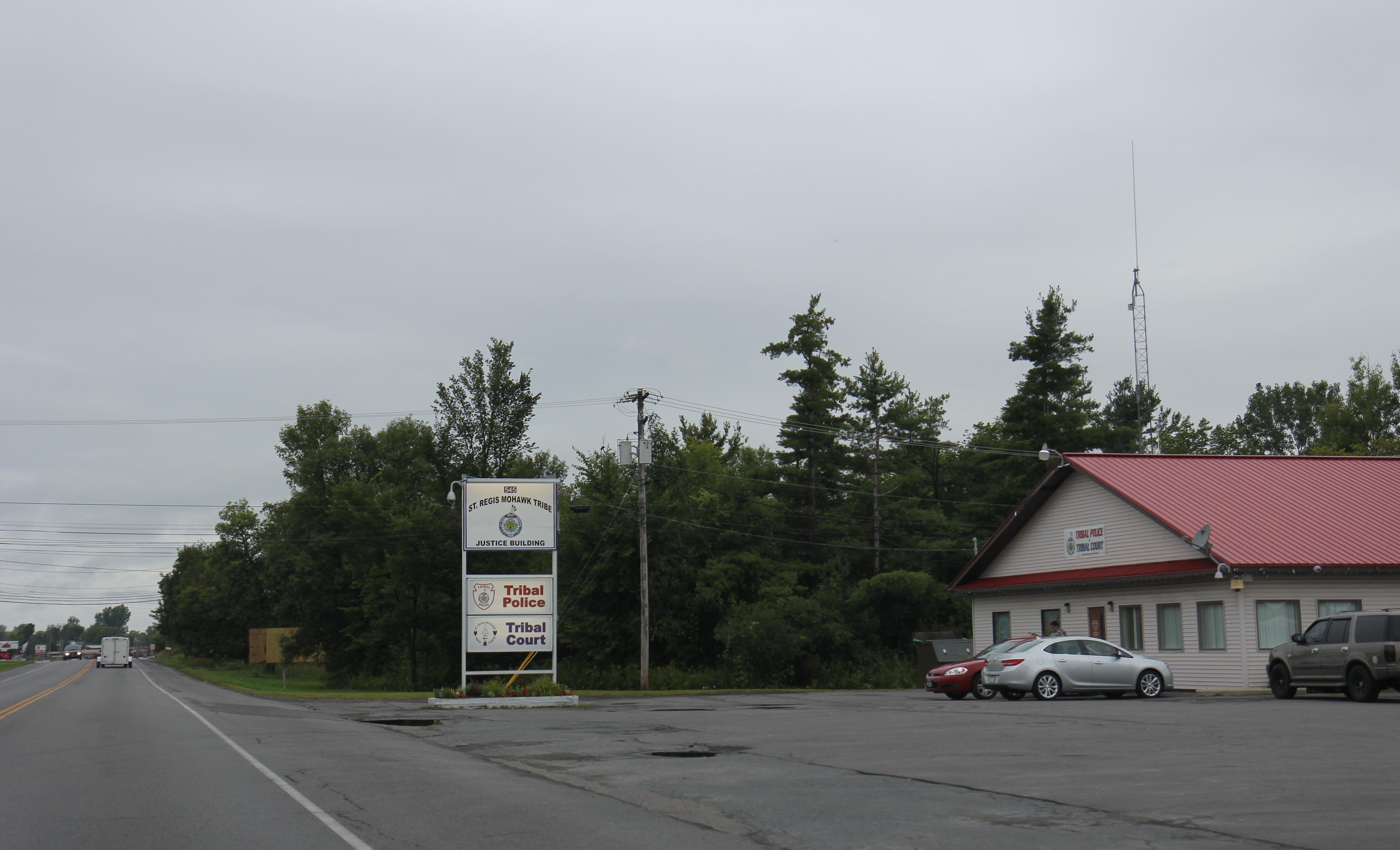
Akwesasne, a Mohawk Nation territory, straddles the borders of the United States and Canada, presenting a unique case of indigenous sovereignty and cultural preservation. This section delves into the history and cultural significance of Akwesasne, highlighting the Mohawk people's resilience in maintaining their traditions and governance. The community faces challenges related to jurisdictional complexities and environmental issues, but remains steadfast in its commitment to cultural preservation. The section also explores initiatives aimed at fostering cross-border cooperation and understanding, emphasizing the importance of indigenous voices in discussions about borders and cultural exchange.
8. The Cultural Confluence of Gorizia, Italy and Nova Gorica, Slovenia
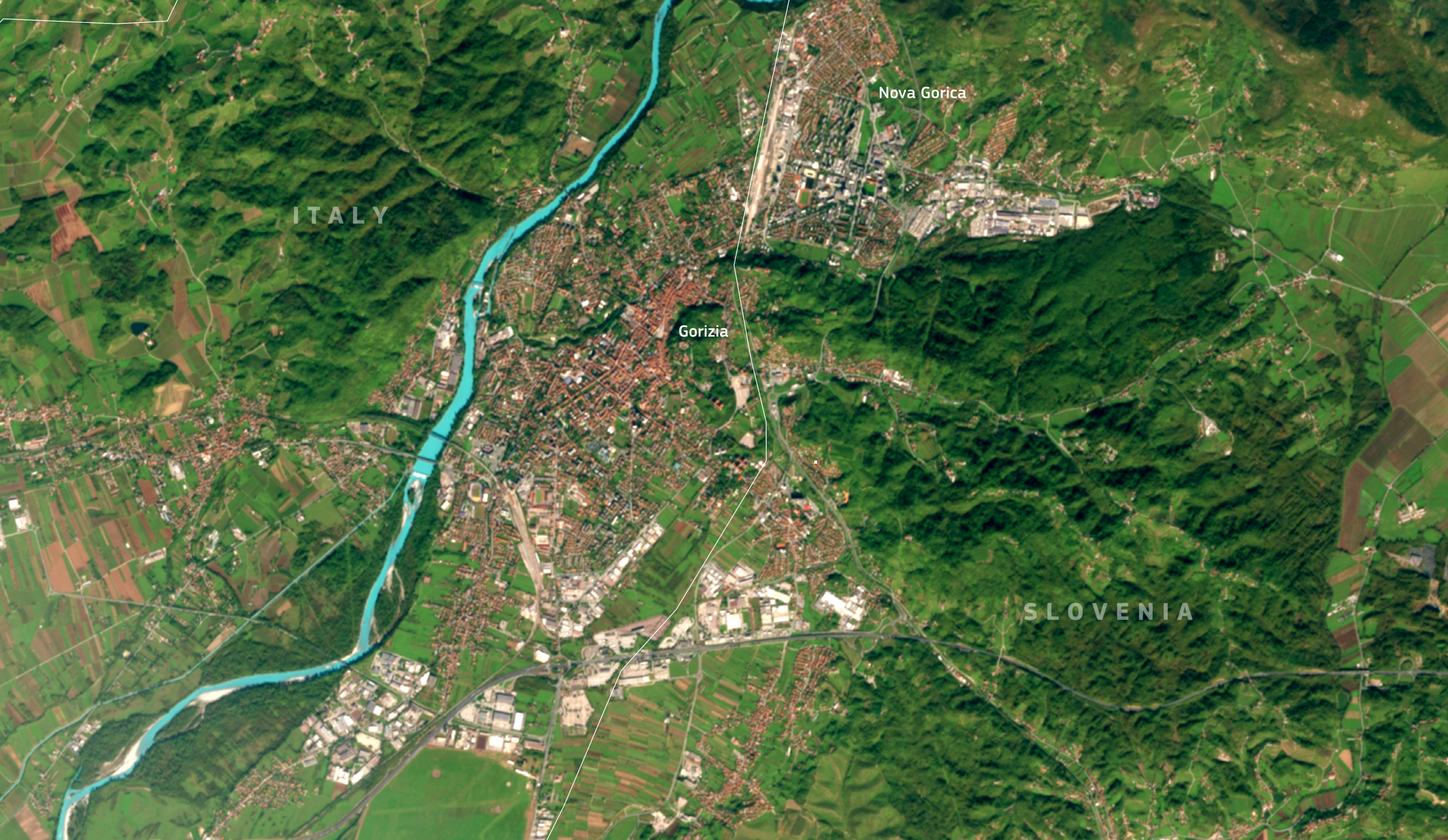
Gorizia and Nova Gorica, divided by the Italian-Slovenian border, exemplify the cultural confluence that can arise from historical division. This section explores the towns' shared history, from the Austro-Hungarian Empire to the present day. The fall of the Iron Curtain and Slovenia's accession to the EU have facilitated greater integration, with joint cultural and economic initiatives. The towns host numerous cultural events, celebrating their shared heritage and promoting cross-border collaboration. This section highlights the role of the border as a bridge rather than a barrier, fostering a sense of unity and shared identity.
9. The Unique Blend of Cultures in Valga, Estonia and Valka, Latvia
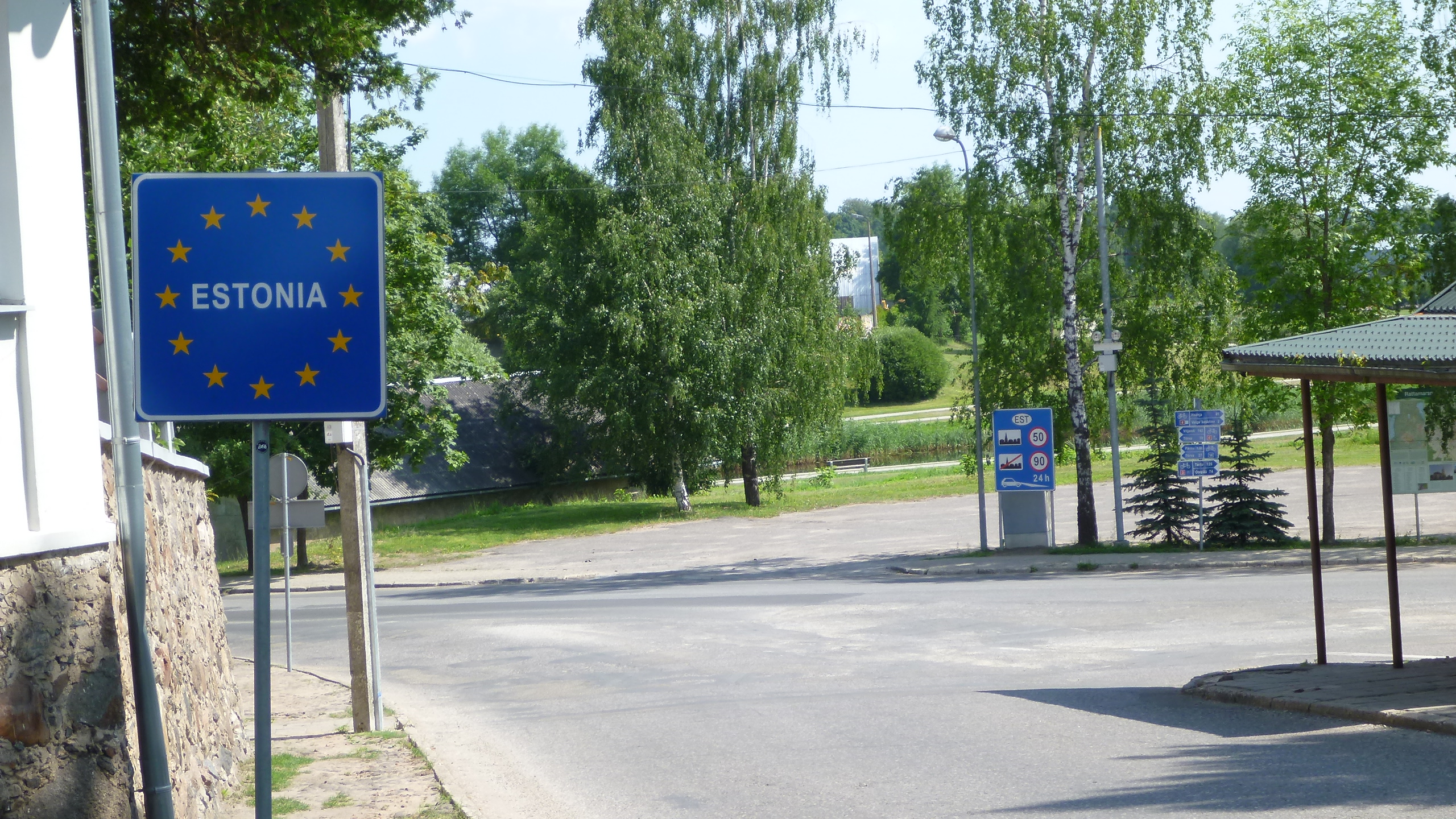
Valga and Valka, divided by the Estonian-Latvian border, offer a fascinating blend of cultures and languages. This section examines how the towns have embraced their dual identity, with residents often speaking both Estonian and Latvian. The towns share infrastructure and services, reflecting a high degree of cooperation and integration. Cultural events and festivals celebrate the rich tapestry of traditions, highlighting the towns' commitment to cross-border unity. This section also explores the challenges posed by differing national policies and the initiatives aimed at fostering greater collaboration and understanding.
10. The Harmonious Coexistence of Tornio, Finland and Haparanda, Sweden
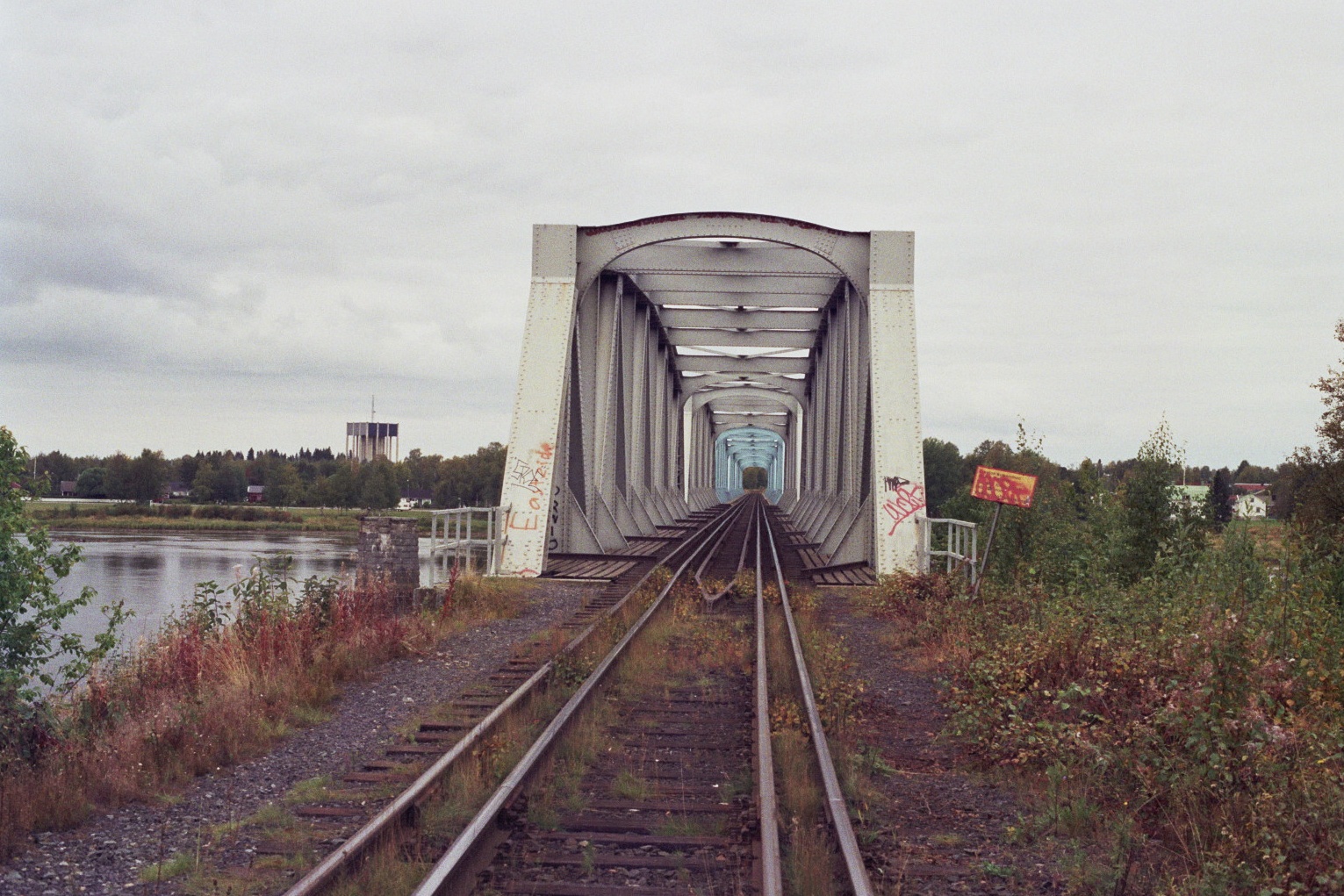
Tornio and Haparanda, located on the Finnish-Swedish border, exemplify harmonious coexistence. This section explores how the towns have developed a shared economy and cultural identity, with residents often crossing the border for work and leisure. The towns have embraced their dual identity, with bilingual signage and shared services reflecting their commitment to integration. Cultural events and festivals celebrate the unique blend of Finnish and Swedish traditions, highlighting the towns' commitment to cross-border unity. This section also examines the challenges posed by differing national policies and the initiatives aimed at fostering greater collaboration and understanding.
11. The Dynamic Cross-Border Region of Basel, Switzerland
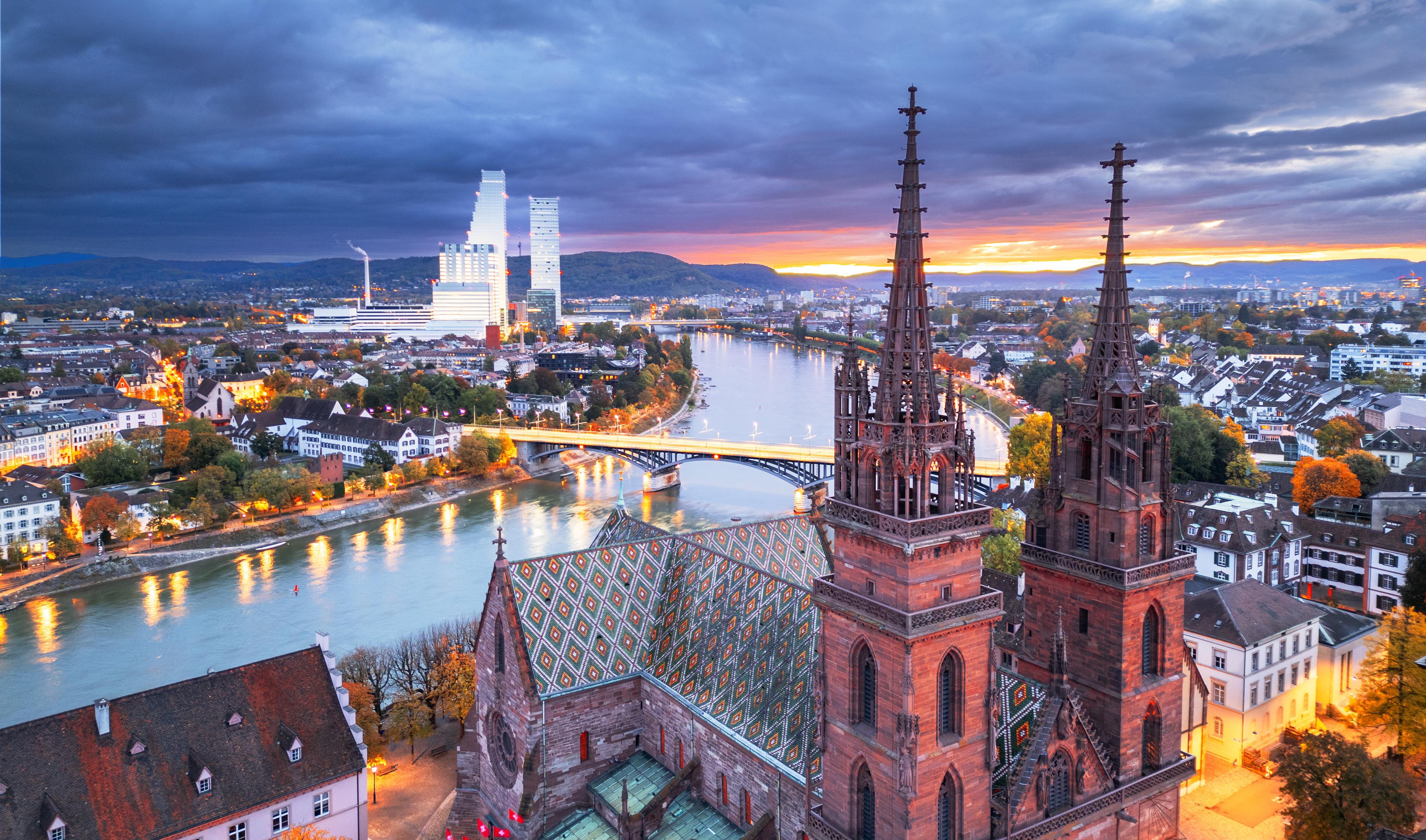
Basel, located at the tri-border area of Switzerland, Germany, and France, is a dynamic cross-border region known for its cultural diversity and economic vitality. This section explores how Basel has leveraged its strategic location to become a hub for trade, innovation, and cultural exchange. The city hosts numerous international events and festivals, celebrating its rich tapestry of traditions and influences. The section also examines the challenges of managing such a diverse population and the initiatives aimed at promoting cultural understanding and cooperation. Basel stands as a testament to the potential for harmonious coexistence in a globalized world.
12. The Unique Historical Context of Narva, Estonia and Ivangorod, Russia
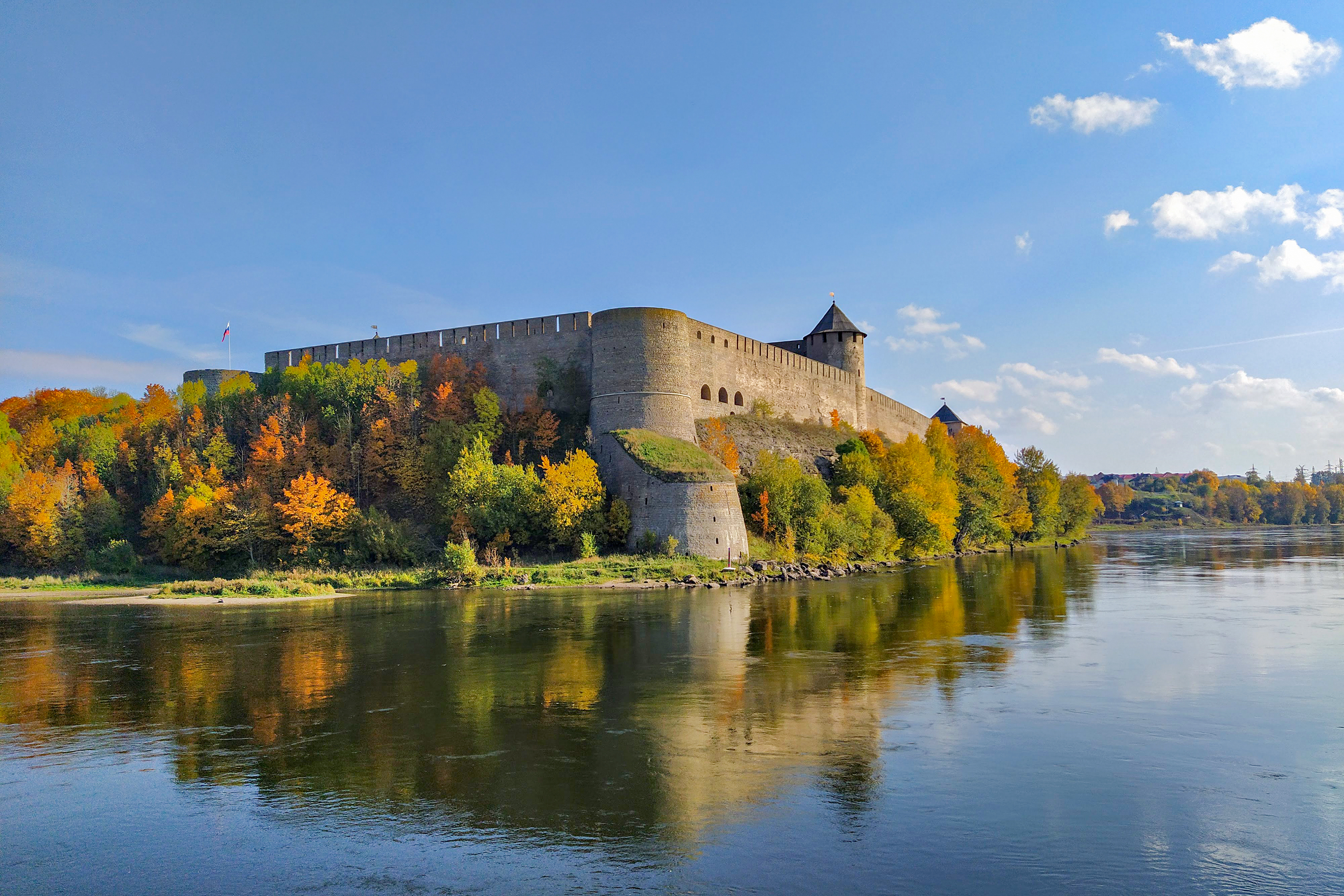
Narva and Ivangorod, located on the Estonian-Russian border, offer a unique historical context for cultural exchange. This section explores the towns' shared history, from the medieval period to the present day. The towns have faced numerous challenges related to political tensions and differing national policies, but remain committed to fostering cross-border collaboration. Cultural events and initiatives celebrate the rich tapestry of traditions, highlighting the towns' commitment to unity and understanding. This section also examines the role of the border as a bridge rather than a barrier, fostering a sense of shared identity and cooperation.
13. The Cultural Intersection of Kinshasa, Democratic Republic of the Congo and Brazzaville, Republic of the Congo
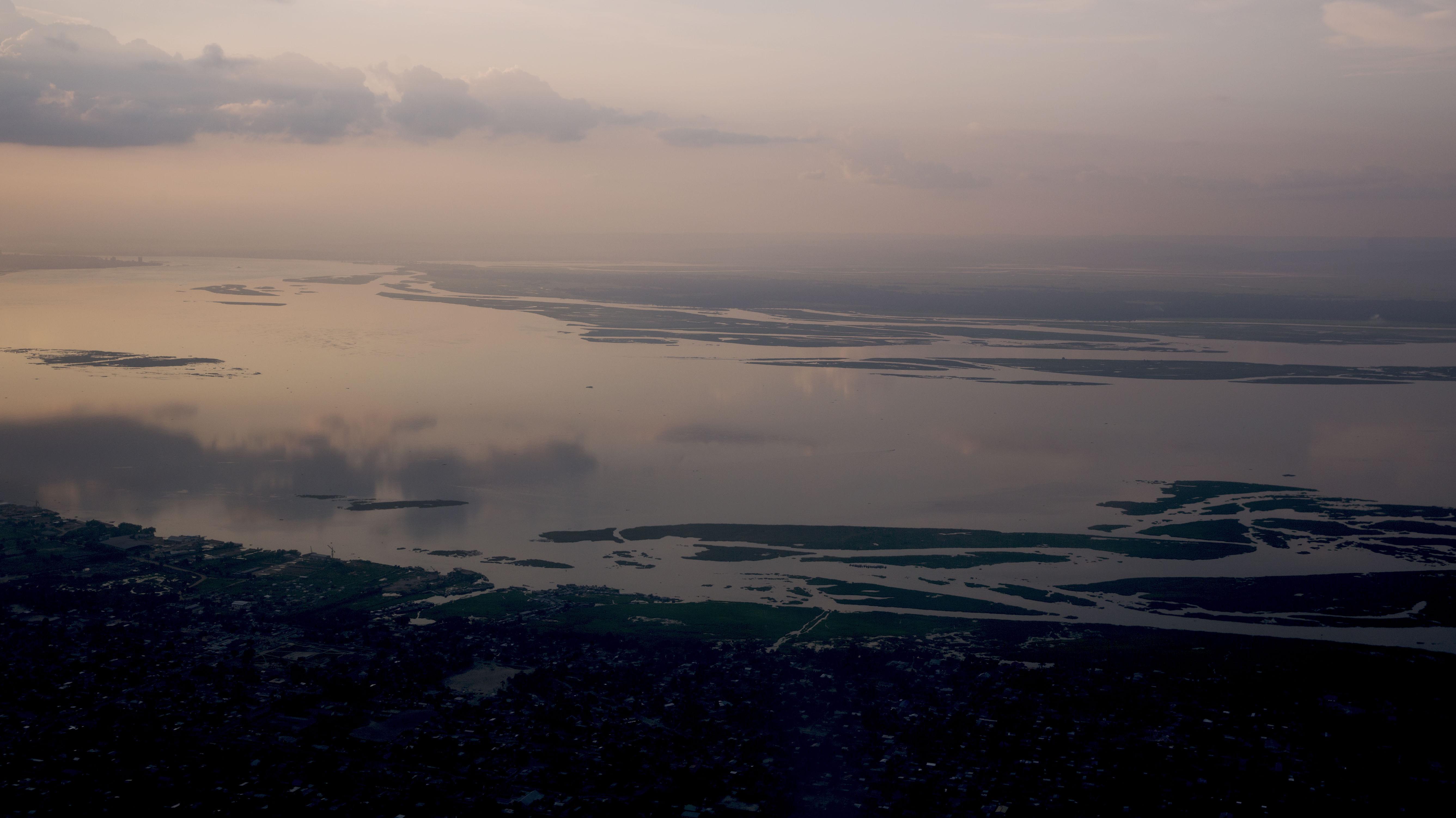
Kinshasa and Brazzaville, located on opposite banks of the Congo River, represent a unique cultural intersection. This section explores how the towns have developed a shared identity, with residents often crossing the river for work and leisure. The towns host numerous cultural events and festivals, celebrating their rich tapestry of traditions and influences. The section also examines the challenges posed by political tensions and differing national policies, and the initiatives aimed at fostering greater collaboration and understanding. Kinshasa and Brazzaville stand as a testament to the potential for harmonious coexistence in a diverse and dynamic region.
Lessons from the Borderlands
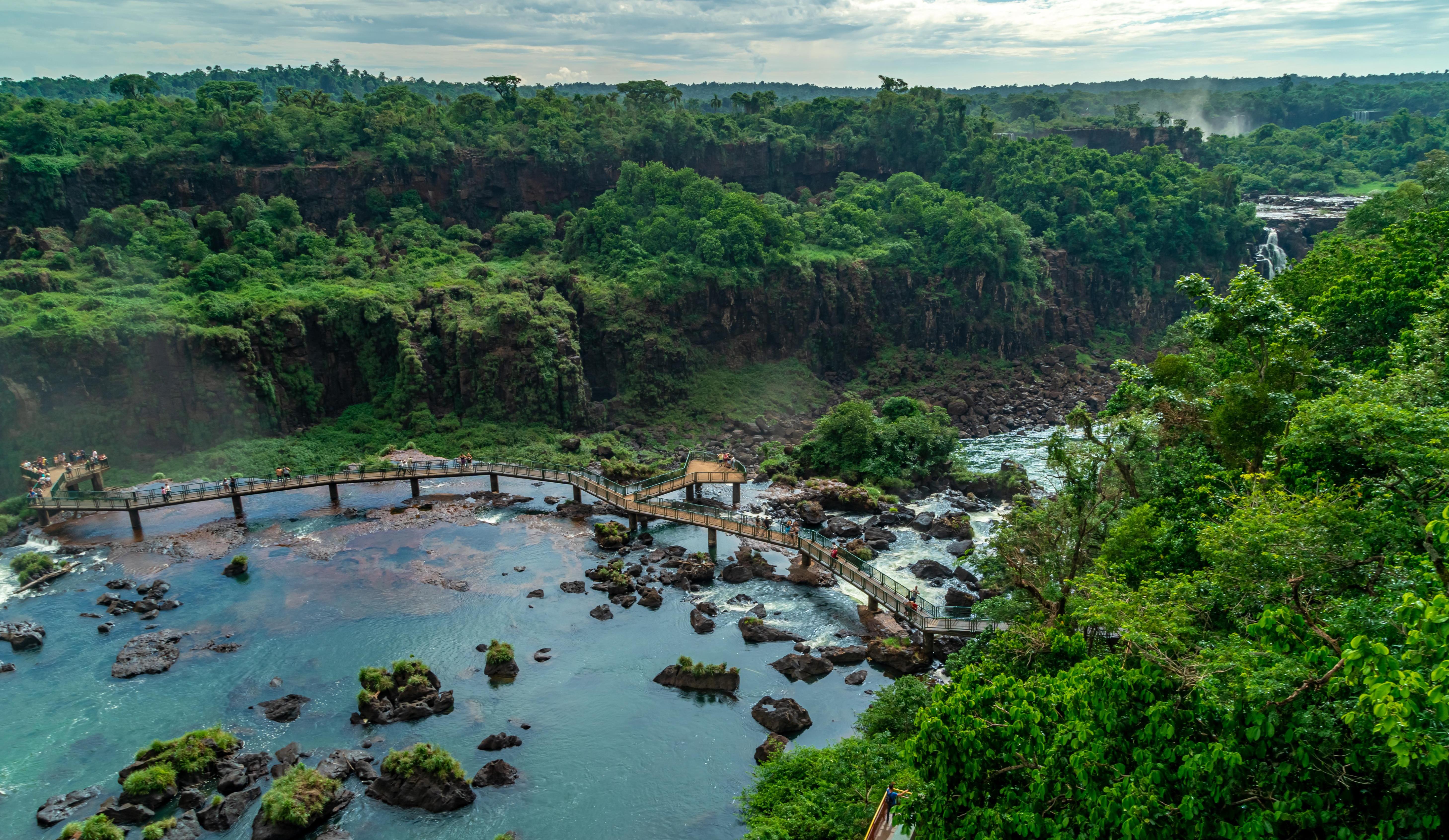
As we conclude our tour of these fascinating border towns, it becomes clear that where cultures meet, they have the potential to harmonize in ways that enrich and strengthen communities. These towns, each with their unique challenges and triumphs, offer invaluable lessons in cultural exchange, cooperation, and resilience. They remind us that borders, while often seen as divisions, can also be spaces of connection and understanding. As the world becomes increasingly interconnected, the experiences of these border towns offer a blueprint for fostering harmony and unity in a diverse and dynamic global community.








